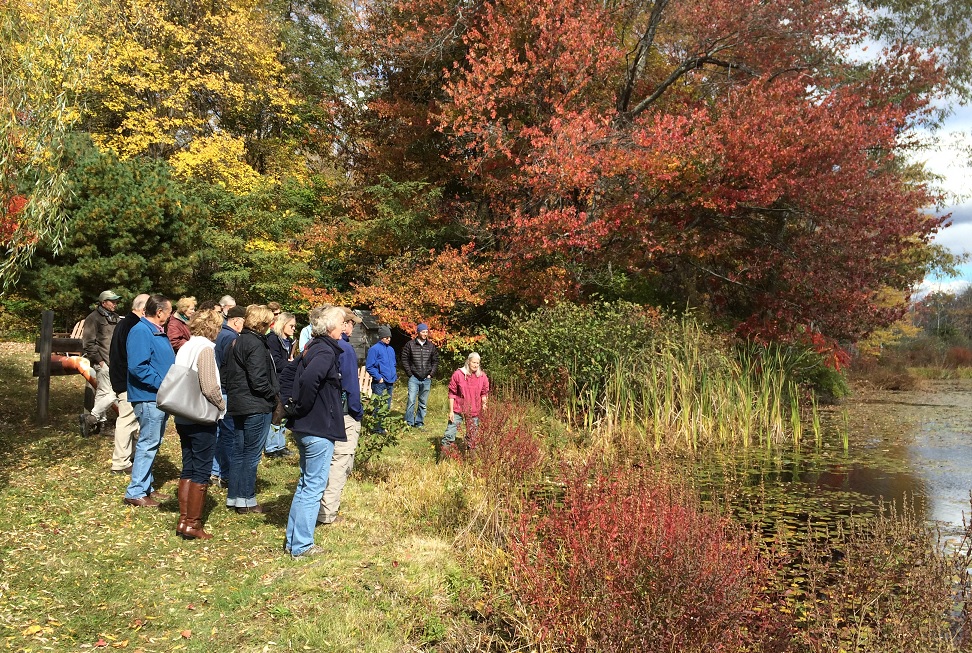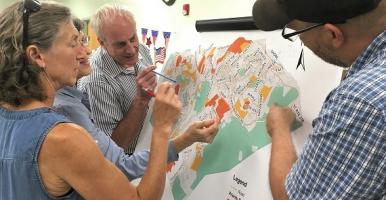Comprehensive Planning
Comprehensive plans serve as a blueprint for the future development and preservation of a community. A thoughtful comprehensive planning process will consider information, data, and trends that are current and relevant to the municipality, along with citizen input, in order to create a vision and goals for the municipality.
Although adoption of a comprehensive plan is not mandatory, all local zoning and land-use regulations must be in accordance with the comprehensive plan, and therefore it provides an important opportunity for pro-active conservation planning.
Comprehensive plans are beneficial to a community as they provide:
- a process for identifying community resources, long range community needs, and commonly held goals
- a process for developing community consensus
- a blueprint for future governmental actions.
From Zoning and the Comprehensive Plan (NYS Department of State 2015)
"...with a comprehensive plan in place, strategic land use regulations can be adopted to implement [the community's] vision, protecting the locality's natural resources, and encouraging economic development where desired." A Local Leader's Guide to Local Environmental Strategies (Pace University Land Use Law Center 2003)
To meaningfully address conservation of biodiversity and natural areas, a comprehensive plan can incorporate the following:
- natural resource data, both within the municipality's borders as well as the ecological connections beyond, such as the surrounding watershed, significant biodiversity areas, or natural feature shared with a neighboring community (note: natural resources inventories are often part of a comprehensive plan)
- description of conservation priorities, such as habitat cores and connections, important water resources, vulnerable ecological features, rare species, and scenic and natural areas valued by the community
- specific practice and policy recommendations, such as wetland and stream buffer protection, native plant landscaping requirements, creation of a conservation advisory council, and open space planning and conservation financing
- plan for periodic review of the comprehensive plan to update data, reevaluate priorities, and assess progress on recommendations.
Biodiversity elements can be woven throughout the plan, so that the community’s conservation priorities are considered along with other issues, such as water supply, housing, transportation, and recreation, and to ensure that ecosystem services continue to support residents' health, safety, and welfare.
Helpful Links
Zoning and the Comprehensive Plan (NYS Department of State 2015)


